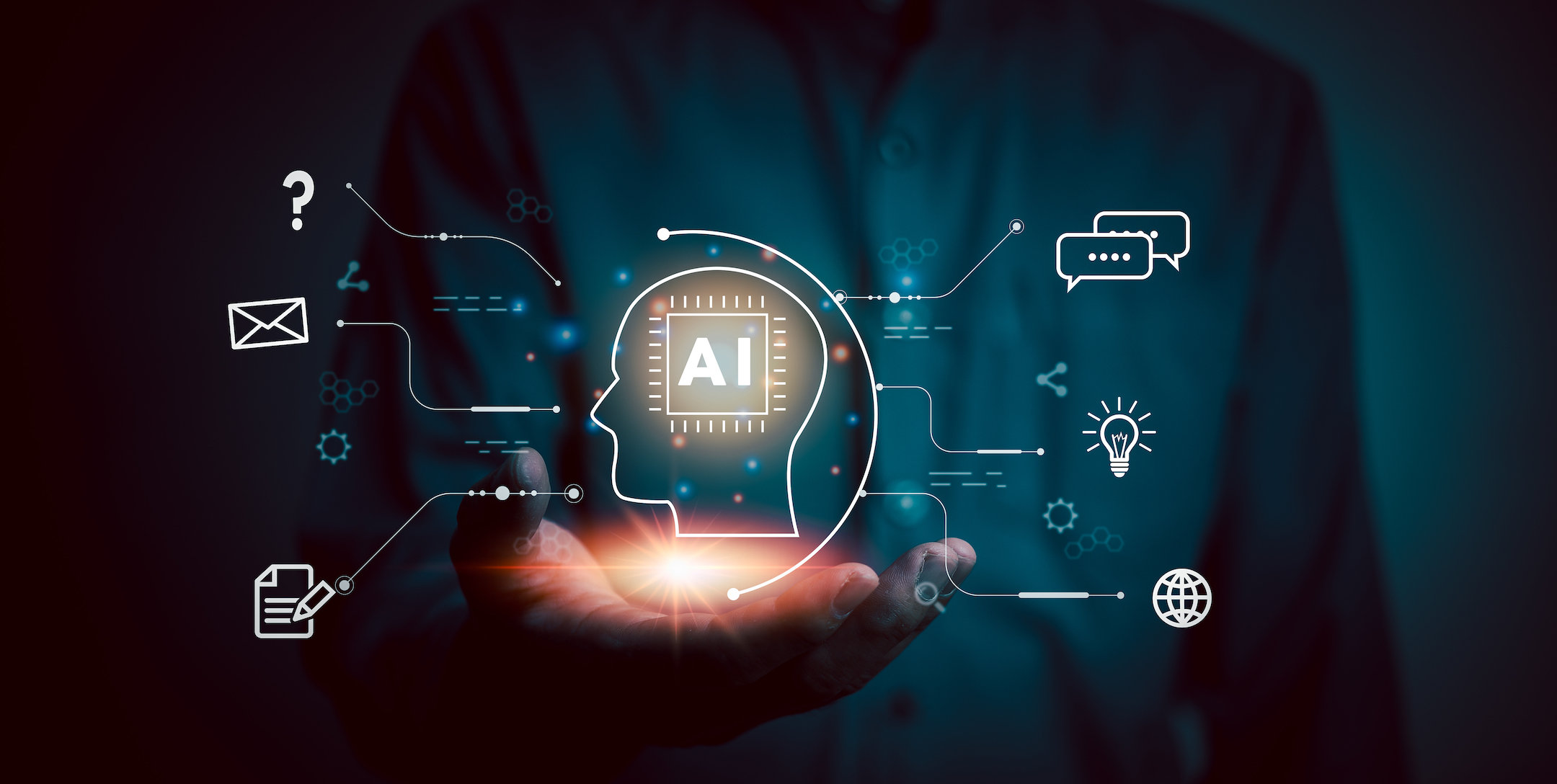What Are the Seven Types of Artificial Intelligence?
Artificial Intelligence is no longer just a thing of futuristic movies. It’s become pivotal in the digital landscape and also in our daily lives. From Siri on your iPhone to the recommended movies on your Netflix account, AI is everywhere, revolutionizing how we live, work, and interact. But did you know that not all AI is created equal? In fact, AI can be split into two broad categories based on capabilities and functionalities, each with its distinct characteristics and applications. As we delve into the different types of artificial intelligence, we’ll also explore how computer vision, a field dedicated to enabling machines to ‘see’ and interpret visual data, is an integral part of these AI types.
Capabilities Versus Functionalities
As mentioned above, AI is broken down into two categories: capabilities and functionalities. Defining these two categories is crucial to better understanding the world of AI.
‘Capabilities’ in AI refer to what an AI system can do, essentially, its skill set. It’s like a chef specializing in Italian cuisine – they can whip up a delicious pasta dish but may struggle with making sushi. An example of an AI capability is voice recognition, which powers virtual assistants like Alexa to understand and respond to verbal commands.
On the other hand, ‘functionalities’ in AI describe how an AI system does what it does – the methods or processes it uses to accomplish tasks. The functionality in our analogy would be the chef’s recipe and techniques to make the pasta. In AI, functionality might be machine learning, a method where AI systems learn and improve from experience, much like a chef refining their signature dish over time. To summarize, capabilities are about the ‘what,’ and functionalities are about the ‘how.’ With these definitions in mind, let’s examine the seven types of AI within these categories.
The Capabilities
1. Narrow AI
Also known as Weak AI, Narrow AI is designed to perform specific tasks with high efficiency. These tasks range from voice recognition to generating recommendations. Examples of Narrow AI include Siri, Google Assistant, and email spam filters. They excel in their specific tasks but lack the ability to understand or learn anything beyond their programming. In terms of computer vision, narrow AI is used in applications like facial recognition systems that identify individuals from a database of digital images.
2. General AI
Ascending in complexity, General AI, or Strong AI, displays cognitive abilities similar to humans. It can comprehend, learn, and apply knowledge across diverse tasks without explicit programming. General AI is mainly theoretical at this stage, but researchers are constantly exploring its vast potential applications. Imagine a medical diagnostic system that could learn and adapt to new medical research or an autonomous vehicle that could navigate unfamiliar terrains without human intervention.
3. Super AI
This is the pinnacle of AI and refers to a hypothetical future type of AI that surpasses human intelligence in practically every field. It could potentially outperform the brightest human minds in scientific creativity, general wisdom, and social skills. With computer vision, Super AI could be capable of interpreting visual data at a level beyond human comprehension, making predictions or decisions that are incredibly accurate. It’s a concept that sci-fi movies and books have popularized, but it’s still a long way from becoming a reality.
The Functionalities
4. Reactive Machines
These are the most basic forms of AI. Reactive machines cannot form memories or use past experiences to inform current decisions. They are programmed to respond to specific inputs with specific outputs. An example is when IBM’s Deep Blue beat the world chess champion in 1997. In computer vision, reactive machines can be used for simple tasks like object detection and image recognition.
5. Limited Memory
This AI functionality uses past experiences, or data, to inform future decisions. For instance, chatbots use this type of AI to improve their responses based on past interactions. In computer vision, an example of Limited Memory AI is when surveillance systems can recognize unusual activities based on historical video data.
6. Theory of Mind
This is a more advanced form of AI that goes beyond Limited Memory AI’s data-driven approach. Theory of Mind AI is capable of understanding and interpreting human emotions, thoughts, and intentions, thus enabling more natural interactions with humans.
7. Self-Aware AI
The most sophisticated type of AI is Self-Aware AI. Although also hypothetical, this type of AL possesses its own consciousness and understands its state in the world. It can predict the feelings of others and also has self-driven motivations, thoughts, feelings, and beliefs.
How Computer Vision Fits In
A key component in many of these AI types is computer vision – the ability of machines to visually interpret the world around them. Whether it’s narrow AI like a facial recognition system or a more complex AI that requires an understanding of object interactions, computer vision plays a crucial role in making these systems effective and reliable.
Understanding these seven types of AI provides a comprehensive overview of the capabilities and potential of this transformative technology. It’s more than just a tool—it’s a reflection of our intelligence, ambitions, and perhaps even our future. As AI continues to evolve, so too will our relationship with this powerful technology.
At Lunar Eye we are committed to exploring the full potential of computer vision and AI, and pushing the limits of what it can do. Our team is constantly exploring new frontiers, making computer vision more accurate and accessible than ever before.
Want to learn more about the features of Lunar Eye’s computer vision technology? Contact us today for a complimentary demonstration.
